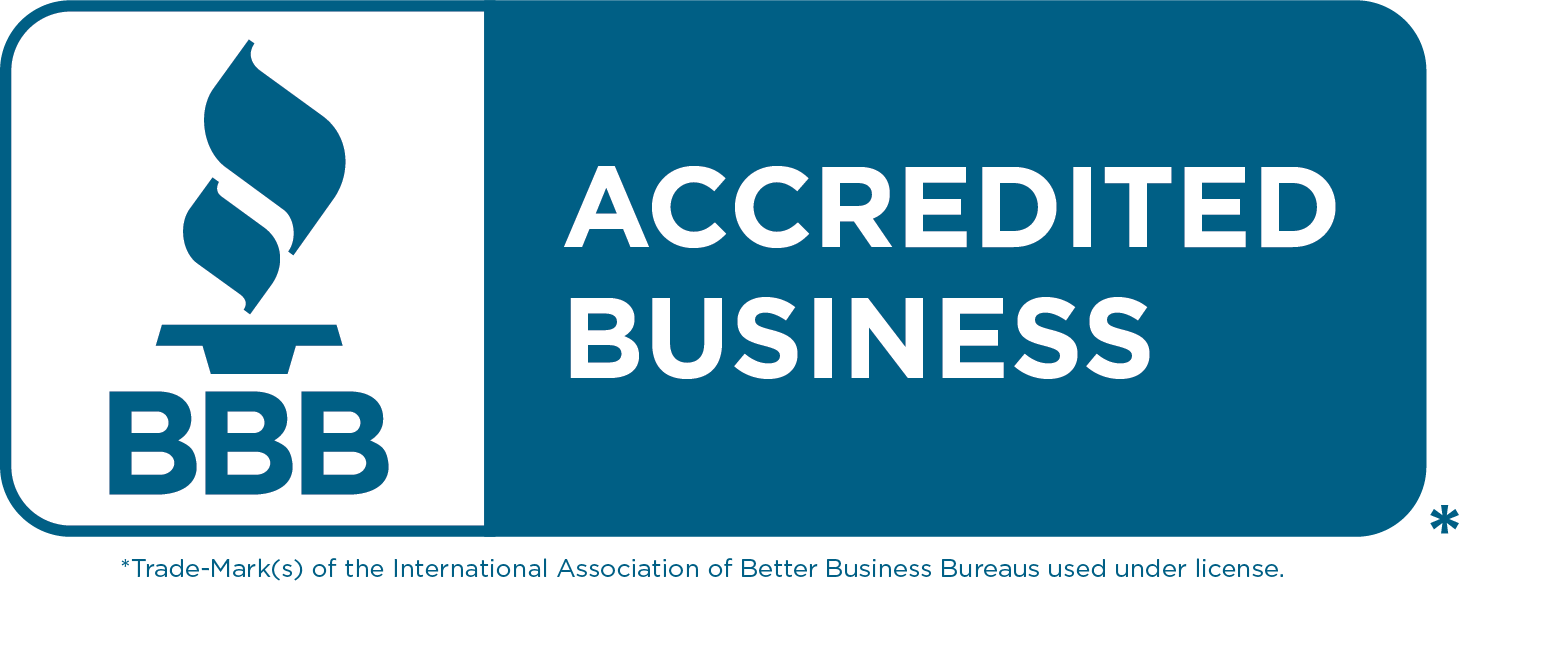Your Flooring Installation Experts in Sherwood Park & Greater Edmonton
★★★★★
Rating
Based on 47 Google, Bark and HS reviews
Fully
Insured
$5M in Liability Coverage
$25k General Surety Bond
500+
Projects
Completed for homeowners and top home builders in Alberta
Free
Estimates
We provide free consultations and estimates
We take flooring installation very seriously. Whether you are looking at luxury vinyl plank (LVP), laminate, engineered hardwood, or carpet floors, careful planning and attention to detail are essential. By carefully listening to our clients' needs, helping with material selection, and following installation best practices, we ensure that every flooring project is a success.
Don't hesitate to reach out with any questions or to schedule your in-house free consultation and estimate.
Luxury Vinyl Plank (LVP)
Luxury vinyl plank (LVP) flooring stands out for its blend of affordability, durability, and realistic wood aesthetics, making it a top choice for busy homes and potentially wet areas. It's perfect for kitchens, bathrooms, or basements—and its resistance to scratches and dents is ideal for homes with little ones, pets, or high traffic areas, such as an in-home business.
Installation nuances do exist:
- LVP floors use a click-lock or glue-down installation system, requiring a clean, flat subfloor, as imperfections can cause uneven wear or joint failure
- Tight, gap-free seams ensure the floors will last and staggering end joints by at least 6 inches avoids weak spots and enhances realism, ensuring a polished look.
- Underlayment, either built-in or added independently from the floor, helps reduce noise and provides a more comfortable footfall. Over concrete, it's also essential as a vapor barrier.
With appropriate planning and precision, LVP delivers a low-maintenance, long-lasting surface that rivals pricier options.
Laminate Flooring
Laminate flooring offers a cost-effective, durable alternative to hardwood, mimicking its look with a photographic layer on top of a high-density fiberboard core, topped by a tough wear layer. Its benefits include scratch resistance, easy maintenance, and versatility for spaces like living rooms or hallways. Although it’s not waterproof, some laminate options offer significant levels of water resistance.
Like all flooring types, there are some nuances to consider:
- Installation planning start with subfloor prep, as it has to be extremely level to meet most flooring specifications, as laminate’s rigid planks won’t flex over bumps, risking creaks, clicking, or gaps.
- A vapor barrier is essential over concrete to block moisture, acting as a shield against seepage of vapour from the concrete slab.
- Acclimation for 48 hours is recommended for most floors and helps prevent possible expansion issues.
- The click-lock system snaps together, but precision and professional installation matter—proper end joints staggering has to be used to ensure strength, and an expansion gap around walls has to be left to accommodate seasonal shifts.
Attention to these details yields beautiful and budget-friendly floors that endure years of wear with minimal fuss.
Engineered Hardwood
Engineered hardwood flooring combines the elegance of real wood with enhanced stability, featuring a thin hardwood veneer atop layers of plywood or high-density fiberboard, making it less prone to warping than solid hardwood. Its benefits include versatility—suitable for floors, walls, or even radiant-heated spaces—and durability, with finishes that resist scratches and wear, perfect for moderate-traffic areas like dining rooms or bedrooms.
Since engineered hardwood is a natural product, there are definitely some important considerations to keep in mind:
- Planks need 48-72 hours in the room to adjust to temperature and humidity (ideally 35-55% relative humidity), preventing post-installation gaps or cupping. Testing the humidity level before installing the flooring is highly recommended.
- Subfloor prep is key and the flooring can be glued, nailed, or floated, depending on the product and manufacturer specifications.
- Over concrete, a moisture barrier is often paired with adhesive or an underlayment.
- Staggering joints avoids weak lines, and an expansion gap accounts for seasonal movement.
Precision in cutting and fitting, plus strict adherence to moisture controls, ensures engineered hardwood delivers a timeless look with resilience to match.
Subfloors
Subfloors are the unsung heroes of any flooring project, serving as the foundational layer that supports and stabilizes finished floors like LVP, laminate, or engineered hardwood, directly impacting their longevity and performance.
A solid subfloor—typically plywood, OSB, or concrete—must be flat, dry, and structurally sound; even minor flaws can compromise the final result. Past water damage is a red flag—warped, rotted, or moldy wood needs replacement, as lingering moisture can seep into new flooring, causing swelling or adhesive failure. Pet urine staining adds another layer of concern; beyond odors, it can weaken wood over time, softening it and requiring sanding or replacement to restore integrity, especially since acidic residue may resist sealing.
General wear and softening—think creaky, sagging plywood from years of foot traffic—demand leveling with compounds or sistering joists to prevent bounce or cracks in the finish layer. When preparing to install a new floor, checking for squeaks and fixing loose fasteners is critical.
A well-prepped subfloor, free of these pitfalls, anchors the project, ensuring the finished floor stays beautiful and durable for years.
Get in Touch
Are you ready to bring your home improvement dreams to life? We’d love to discuss your project ideas and provide a free consultation. Reach out to us today and let’s start creating beautiful spaces together!


